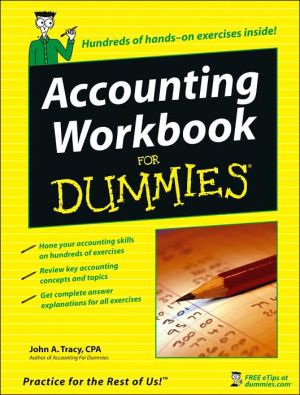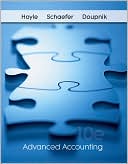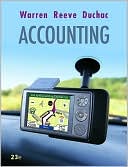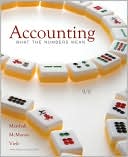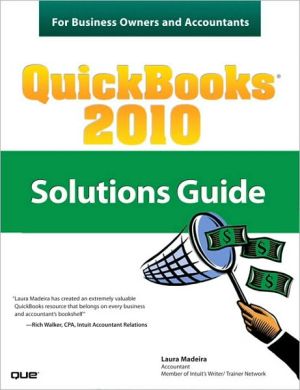Modeling and Designing Accounting Systems: Using Access to Build a Database
Get the database skills that are in demand More and more organizations are turning to database management systems to manage their accounting and other operational data. These organizations are looking for accountants with database skills and a good understanding of information technology.\ With Chang and Ingraham's Data Modeling and Database Design: Using Access to Build a Database you can develop the skills needed to build an actual accounting information system. Taking an approach that is...
Search in google:
Get the database skills that are in demandMore and more organizations are turning to database management systems to manage their accounting and other operational data. These organizations are looking for accountants with database skills and a good understanding of information technology. With Chang and Ingraham’s Data Modeling and Database Design: Using Access to Build a Database you can develop the skills needed to build an actual accounting information system. Taking an approach that is both conceptual and practical, this book will help you understand the theory of data modeling, as well as its application and ultimate implementation in database design. Key Features:Step-by-step detailed instructions show how to model and design three essential processes of an accounting information system: the sales/collection process, the acquisition/payment process, and the human resources/payroll process.Presents data modeling from an REA (resource-event-agent) perspective.The approach is software-independent, but utilizes Microsoft Access 2003 to implement the data models throughout the text.Multiple-choice and detailed problems at the end of each chapter reinforce learning.Includes a CD-ROM containing the additional data and forms you will need to complete each chapter.
Chapter 1. Business Processes, Data Modeling and Information Systems. Chapter 2. Data Models and Relational Databases. Chapter 3. Using Access to Implement a Rational Databases. Chapter 4. Sales/Collection Business Process. Chapter 5. Acquisition/Payment Business Process. Chapter 6. Human Resource Business Process. Index.

